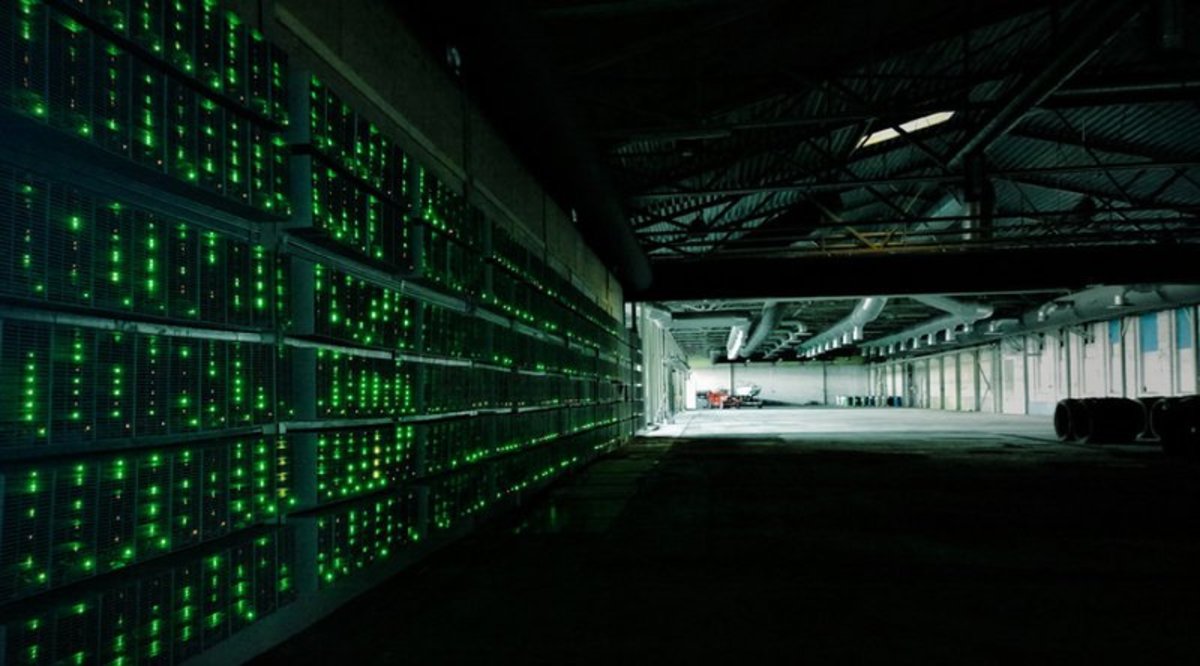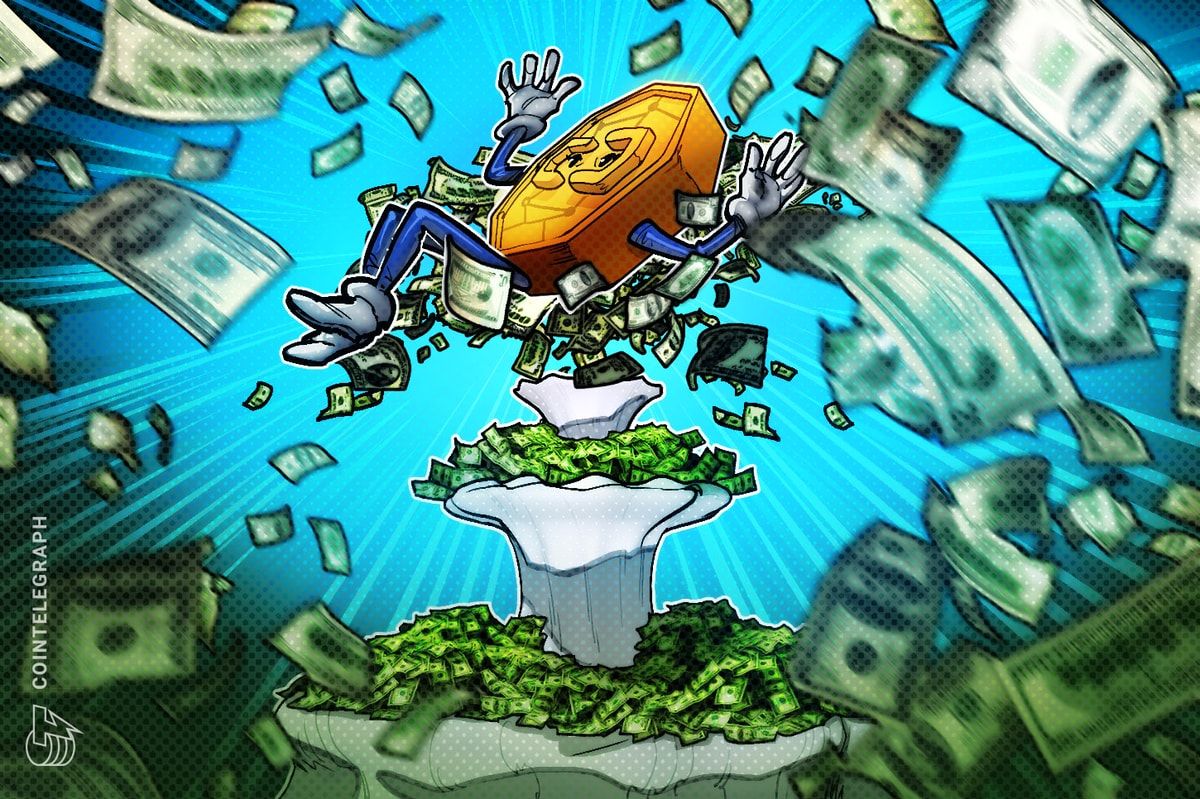
For many, the level of centralization found in the Bitcoin mining ecosystem is the biggest issue for the peer-to-peer digital cash system today. As a technology that relies on decentralization in order to provide a censorship-resistant bearer ecash, any trend towards centralization should be viewed as problematic.
In 2014, economist Kevin Dowdclaimed the incentives of pooled mining are “totally destructive of the Bitcoin system.” The amount of mining that takes place in China led former Bitcoin developer Mike Hearn to state, “Bitcoin is controlled by the Chinese Government.”
Those who believe bitcoin mining is far too centralized mainly point to factors such as ASIC hardware, where mining takes place, and various mining strategies as the main drivers behind this perceived centralization. In a recent presentation, Bloq Economist Paul Sztorc explained how the problems associated with bitcoin mining centralization may be overstated.
“Mining is, in my view, the single new puzzle piece that makes it all work, but Bitcoin is protected by a lot of awesome things that were created way before mining,” said Sztorc.
Efficient Miners Secure the Network
One of the key points made by Sztorc during his presentation is that miners will always look to mine bitcoin in the most efficient manner possible. The reason much of the mining happens in China is the same reason that miners choose to use hardware specifically designed to find the next block reward.
“They’re [both] just the same complaint about efficiency,” said Sztorc. “All miners must efficiency-maximize or they get fired by the protocol. And efficiency improvements are good because they support the network with a higher hashrate.”
According to Sztorc, the fact that mining takes place in China actually makes it harder for Bitcoin to be attacked. “If we didn’t have miners in China, it would be cheaper to attack Bitcoin — potentially much cheaper to attack Bitcoin from China,” he said.
Sztorc’s point is that mining takes place in China because it is much more efficient to mine there. This helps to protect the Bitcoin network through an increased overall hashrate for the network. It costs much more to attack the network because miners have become increasingly specialized over the years in terms of the hardware they use and where they decide to use that hardware.
Everyone Will Use the Best Strategies
Miners can also use alternative strategies in an effort to increase their revenues at the expense of other miners on the network. In late 2013, Cornell’s Ittay Eyal and Emin Gün Sirerclaimed the existence of one mining strategy, known as “selfish mining,” meant Bitcoin is fundamentally broken.
Sztorc disagrees. “[With selfish mining], if everyone copies the strategy, you end up right back where you were before minus some headache of going through this process,” he stated during his presentation.
Without getting into the technical details, selfish mining is a strategy that involves a miner being selective about when they publish a new block they’ve found. A miner can essentially trick other miners into wasting their hashing power by not informing them about the longest chain. This leads to bigger profits for the selfish miner, and it may also lead to other miners joining the selfish miner’s pool, thus providing that group of miners with a greater share of the network hashrate.
According to Sztorc, the problem with this theory is that miners have an incentive to use the most efficient mining strategies possible. Much like it makes sense for miners to use ASIC hardware and operate in locations with cheap electricity, it would also make sense for every miner to implement selfish mining if it were the most efficient option.
“People will continue to backstab each other until they’re [back where they started],” explained Sztorc. “At which point, everyone might realize that they’ve only harmed themselves and they’ll stop doing this altogether. In reality, of course, nobody would even bother trying this.”
Sztorc added that best practices will be copied by other miners, and users are the ones who benefit via a higher network hashrate.
What Can Miners Even Do with Their Centralization?
One last thing to remember when it comes to bitcoin mining centralization is that miners aren’t able to do much with the supposed power that comes via that centralized control. An individual miner is only able to filter transactions in the blocks they mine, while a miner or pool of miners with control of more than 50 percent of the network hashrate can filter or reorder transactions.
“With 51 percent, miners can attempt to reorder or refilter transactions in the immediate past at tremendous cost and risk,” explained Sztorc. “If the attack fails, which it might for a couple of reasons — double agents, bad luck, [or] manual intervention — then the attacking miners lose and the rival miners win.”
“An even greater risk is that the attack succeeds and all of the mining equipment loses all of its value,” added Sztorc.
In Sztorc’s view, any sort of attack by miners is countered by the fact that Bitcoin developers and users can always change the proof-of-work hash function, which is essentially a firing of the entire mining community.
Attack vectors for miners will be even less prevalent once privacy and anonymity improvements are added to Bitcoin. Sztorc also sees Layer 2 protocols, such as the Lightning Network, as improvements that will further weaken miners’ control over Bitcoin.
“Miners have a very low ability to be mean to us,” said Sztorc. “There’s just not a lot they can do. The only things they can do are so unprofitable that they’re extraordinarily unlikely to ever be incentive-compatible.”
“Life is tough for the miners,” Sztorc concluded.










